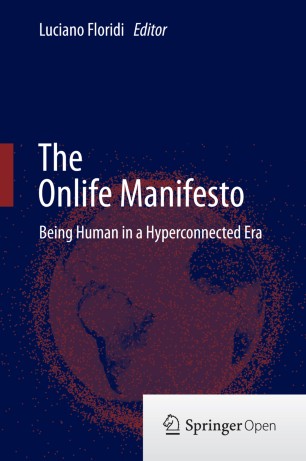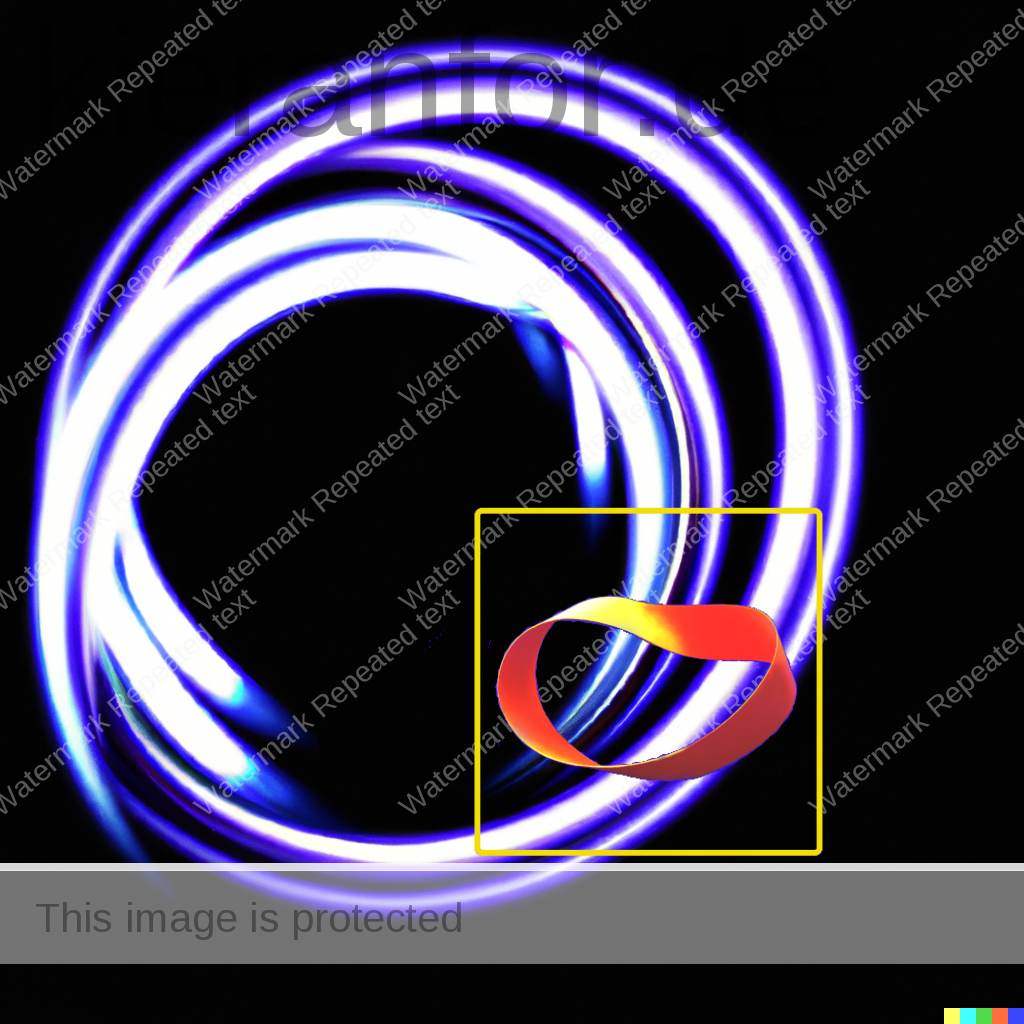Header image: KF in Dalle-E
I regularly return to an idea I had during one of my courses in 2018. We were looking at a book called Spirals of Inquiry as part of a teacher inquiry study. I piped up and said I didn’t like the title and then I had to explain what I meant. It went something like this:
- The image of a spiral of inquiry doesn’t sit right with me as, by definition, one moves further away from the centre as the spiral grows. It seems that there should be a return to the centre, the starting point, for the inquiry to be of value. However, representing this return as a cycle of inquiry forgoes the visual representation of a change in point of view or understanding.
- The Möbius strip might be a better visual representation of teacher inquiry as, because it has only one surface, if one were to trace a path along the strip (engage in inquiry), one will eventually return to the point of origin but on the opposite side of the strip. This represents the potential for inquiry to allow us to see our practices from a different point of view. Continuing along the strip, one returns to the actual point of origin having been reoriented through the process. Continuing along, given the lack of boundaries, one could engage in ongoing (potentially infinite) reorientation. A modification to the graphic might see the strip made transparent so that one can “see” the point of origin even as they are on the other “side” of it when they are, paradoxically, at the same time both closest to and furthest from it.
Another interesting property of the Möbius strip is that when cut along the center line one longer strip, rather than two separate strips, is created. This could represent the addition of participants and/or new perspectives to the inquiry as more depth or understanding is achieved.
* * Warning: cutting this longer strip down the middle results in a conceptional shattering of the space-time continuum and is not to be carried out without the presence of a theoretical physicist, a psychiatrist, and a cleric of your preferred (if any) religion.


This morning, I was thinking how this same analogy could be helpful to explore Floridi’s concept of Onlife
Floridi, L. 2013. The onlife manifesto: Being human in a hyperconnected era.

